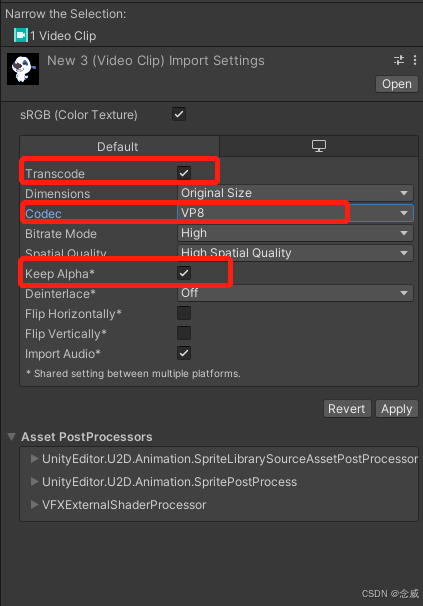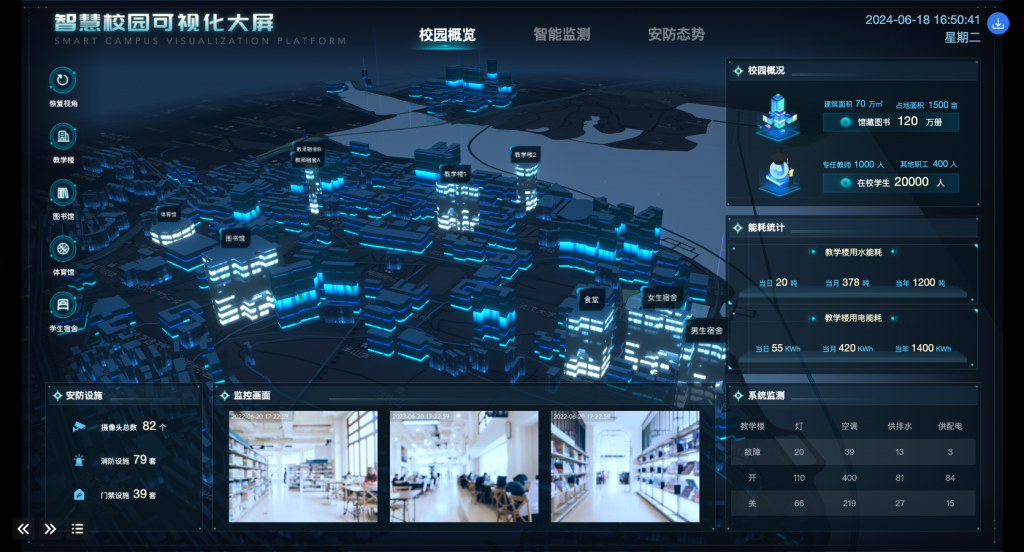Gmtracker深度学习驱动的图匹配多目标跟踪项目启动与算法流程
说明:对于Gmtracker多目标跟踪算法中涉及到的QP或者是QAP等一些有关图匹配的问题,不做过多的说明只提供源代码中通过图网络的具体实现细节。
对于配置环境时产生的报错的具体信息,因为没有报错的缘故只做简单的说明。

-
论文题目:Learnable Graph Matching: Incorporating Graph Partitioning with Deep
Feature Learning for Multiple Object Tracking -
官方代码地址: https://github.com/jiaweihe1996/GMTracker.git

环境配置
-
相比较于之前学习过的一些MOT算法,我大多数都没有使用论文官方提供的代码。
-
DeepSort:没有使用官方提供的TensorFlow版本,而是用的github中的Yolo v5 + Deepsort实现的
-
ByteTrack:也是选择使用的Yolo v8官方提供的代码来进行实现。
-
-
之前的环境安装较为简单对版本的要求并不是特别的高。而yolox + Gmtracker官方提供的代码,因为时间原因对版本和环境配置的要求高自己在配置环境的时候也是踩了许多的坑。
计算库配置
下面是官方所提供的前置环境要求。
Python == 3.6.X
PyTorch >= 1.4 with CUDA >=10.0 (tested on PyTorch 1.4.0)
torchvision
torch_geometric
-
python的版本不能过高,自己在安装过程中发现采用高版本的python不支持官方要求的numpy==1.19.5的版本,即使勉强下载所有的计算环境也会报错
-
scikit-learn库的版本要求不能过高,否则在代码里面会存在报错原因是0.23版本之后不在对一个util包进行支持了
-
如果使用pip进行安装的时候 cvxpy计算库和scs库两个计算库会存在版本冲突的问题。导致整合环境失败opencv或者是scs库(cpu)版下载卡住PE517…
-
安装时一定是使用conda进行下载,而且保证要有torch_geometric图计算库的支持。
自己对图计算资源库的下载是采用离线安装的形式,先安装的4个拓展的支持库,在进行安装的。

- 对于torch的安装尽量不要采用离线安装1.4.0的版本,我安装的是1.5.0的cpu版本。(conda安装)

使用用服务器,在云服务器中使用conda环境 python = 3.6的版本环境.
pip install -r requirements.txt

在网上查找资料:opencv安装失败卡在这里是因为没有使用高版本的python环境

切换环境继续进行安装 python =3.7

换高于3.6版本的安装存在问题报错
网上解决方法:
pip install lxml
但还是安装失败。导致GMtracker启动失败。
项目启动
首先在你确保环境安装成功之后要下载MOT17的数据集安装官方提供的格式进行解压。
— data
— MOT17
— train
— MOT17-02
— MOT17-04
…
— test
— MOT17-01
— MOT17-03
…

官方提供给你的npy文件进行解压

在数据进行预处理加载的过程中会产生一个类型错误需要进行改正之后的就可以启动成功了
gmtracker_app.py的启动参数
--sequence_dir
data/MOT17/test/MOT17-01-DPM
--detection_file
npy/npytest_tracktor/MOT17-01-DPM.npy
--checkpoint_dir
experiments/static/params/0001
--max_age
100
--reid_thr
0.6
--output_file
results/test/MOT17-01-DPM.txt
# 注意修改多了一个参数
(cc, warp_matrix) = cv2.findTransformECC (src, dst, warp_matrix, warp_mode, criteria, None)

执行完成之后会显示一个txt文件,用于下一步的显示视频效果的操作
show_result.py文件的启动参数。
--sequence_dir
data/MOT17/test/MOT17-01-DPM
--result_file
results/test/MOT17-01-DPM.txt
--output_file
/show/MOT17-01-DPM.avi
在启动的时候需要自己断点调试,去除注释的部分代码,才能显示视频效果,视频的保存还可能存在部分的问题

算法执行流程
在自己看完代码之后发现整个gmtracker_app.py跟踪算法的执行过程,于DeepSort有很大的相似之处
- 两个阶段的匹配。
- 特征的保存与添加确认态的状态。
- 将级联匹配转换为深度图网络的二阶相似度匹配的问题
下面是我经过断点调试分析之后绘制的算法流程图,简单的说明算法的执行过程
核心的启动函数:
def frame_callback(frame_idx): #执行跟踪的核心函数
print("Processing %s"%seq_info["sequence_name"], "frame %05d" %frame_idx)
# Load image and generate detections.(创建跟踪对象)
detections = create_detections(
seq_info["detections"], frame_idx, w_img=seq_info["image_size"][1],h_img=seq_info["image_size"][0])
# Update tracker.
tracker.predict(warp_matrix[frame_idx-2]) #执行卡尔曼滤波的预测
tracker.update(detections, seq_info["sequence_name"], frame_idx, checkpoint_dir) #卡尔曼滤波的更新和匹配
# Store results.
for track in tracker.tracks:
if track.time_since_update >= 1:
continue
bbox = track.to_tlwh2()
results.append([ # 添加4个点的坐标位置信息连同跟踪器的id进行存储
frame_idx, track.track_id, bbox[0], bbox[1], bbox[2], bbox[3]])
# Run tracker.
frame_idx = seq_info["min_frame_idx"]
while frame_idx <= seq_info["max_frame_idx"]:
frame_callback(frame_idx)
frame_idx += 1


def _match(self, detections,video,frame,checkpoint_dir):
confirmed_tracks = [
i for i, t in enumerate(self.tracks) if t.is_confirmed()]
unconfirmed_tracks = [
i for i, t in enumerate(self.tracks) if not t.is_confirmed()]
matches_a, unmatched_tracks_a, unmatched_detections = \
assignment.graph_matching( # Gmtracker执行图匹配的操作
self.max_age, self.tracks, detections, confirmed_tracks,reid_thr=self.reid_thr,seq_name=video,ckp_dir=checkpoint_dir)
iou_track_candidates = unconfirmed_tracks + [
k for k in unmatched_tracks_a if
self.tracks[k].time_since_update == 1]
unmatched_tracks_a = [
k for k in unmatched_tracks_a if
self.tracks[k].time_since_update != 1]
# 没匹配到的检测框进行第二次最小cost的级联匹配
matches_b, unmatched_tracks_b, unmatched_detections = \
assignment.min_cost_matching(
iou_matching.iou_cost, self.max_iou_distance, self.tracks,
detections, iou_track_candidates, unmatched_detections)
# 返回第二次的匹配结果之后将结果相加
matches = matches_a + matches_b
unmatched_tracks = list(set(unmatched_tracks_a + unmatched_tracks_b))
return matches, unmatched_tracks, unmatched_detections

涉及论文公式的最难的一个部分,个人不太理解
def quadratic_matching(
tracks, detections, track_indices=None,
detection_indices=None,reid_thr=0.8,seq_name=None,ckp_dir=None):
if track_indices is None:
track_indices = np.arange(len(tracks))
if detection_indices is None:
detection_indices = np.arange(len(detections))
if len(detection_indices) == 0 or len(track_indices) == 0:
return [], track_indices, detection_indices # Nothing to match.
dets = np.array([detections[i].feature for i in detection_indices]) # 检测
tras = np.array([tracks[i].mov_ave for i in track_indices]) # 跟踪
tra = torch.Tensor(tras) # 转为tensor张量
det = torch.Tensor(dets)
det_geos = np.array([[detections[i].tlwh[0],detections[i].tlwh[1],detections[i].tlwh[2]+detections[i].tlwh[0],detections[i].tlwh[3]+detections[i].tlwh[1]] for i in detection_indices])# 计算检测对象的4个坐标
det_geo = torch.Tensor(det_geos)
tra_means = np.array([[to_tlwh(tracks[i].mean[0:4])[0],to_tlwh(tracks[i].mean[0:4])[1],to_tlwh(tracks[i].mean[0:4])[0]+to_tlwh(tracks[i].mean[0:4])[2],to_tlwh(tracks[i].mean[0:4])[1]+to_tlwh(tracks[i].mean[0:4])[3]] for i in track_indices]) #计算跟踪对象的平均边界框(Bounding Box)的坐标
tra_geo = torch.Tensor(tra_means)
iou = torchvision.ops.box_iou(tra_geo,det_geo) # 计算两种边界框的Iou
data1 = tra # 追踪器框的坐标
data2 = det # 检测器框的坐标
kf_gate = gate( # 该函数用于计算卡尔曼滤波门限。这个门限用于评估跟踪对象和检测对象之间的匹配可能性
kalman_filter.KalmanFilter(), tracks, detections, track_indices,
detection_indices)
_, _, start_src, end_src = gh(data1.shape[0])
_, _, start_tgt, end_tgt = gh(data2.shape[0])
data1 = data1.t().unsqueeze(0) # 转置并拓展维度
data2 = data2.t().unsqueeze(0)
start_src = torch.tensor(start_src)
end_src = torch.tensor(end_src)
start_tgt = torch.tensor(start_tgt)
end_tgt = torch.tensor(end_tgt) # 上面是生成匹配矩阵的过程
with torch.no_grad():
graphnet = GraphNet() # 创建一个图网络
params_path = os.path.join(ckp_dir, f"params.pt") # 读取预训练的图网络模型
graphnet.load_state_dict(torch.load(params_path), strict=False) # 加载模型参数值
if iou.shape[0] >= iou.shape[1]: # .forward输入到图网络进行图匹配
indices, thr_flag = graphnet.forward(data1, data2, kf_gate, reid_thr, iou, start_src, end_src, start_tgt, end_tgt, seq_name, inverse_flag=False)
if iou.shape[0] < iou.shape[1]:
indices, thr_flag = graphnet.forward(data2, data1, kf_gate.T, reid_thr, iou.t(), start_tgt, end_tgt, start_src, end_src, seq_name, inverse_flag=True)
# Gmtracker算法的核心部分(使用深度图网络进行匹配的过程)
matches, unmatched_tracks, unmatched_detections = [], [], []
for col, detection_idx in enumerate(detection_indices):
if col not in indices[:, 1]:
unmatched_detections.append(detection_idx)
for row, track_idx in enumerate(track_indices):
if row not in indices[:, 0]:
unmatched_tracks.append(track_idx)
for row, col in indices:
track_idx = track_indices[row]
detection_idx = detection_indices[col]
if thr_flag[row, col] == 1:
unmatched_tracks.append(track_idx)
unmatched_detections.append(detection_idx)
else:
matches.append((track_idx, detection_idx))
return matches, unmatched_tracks, unmatched_detections



















